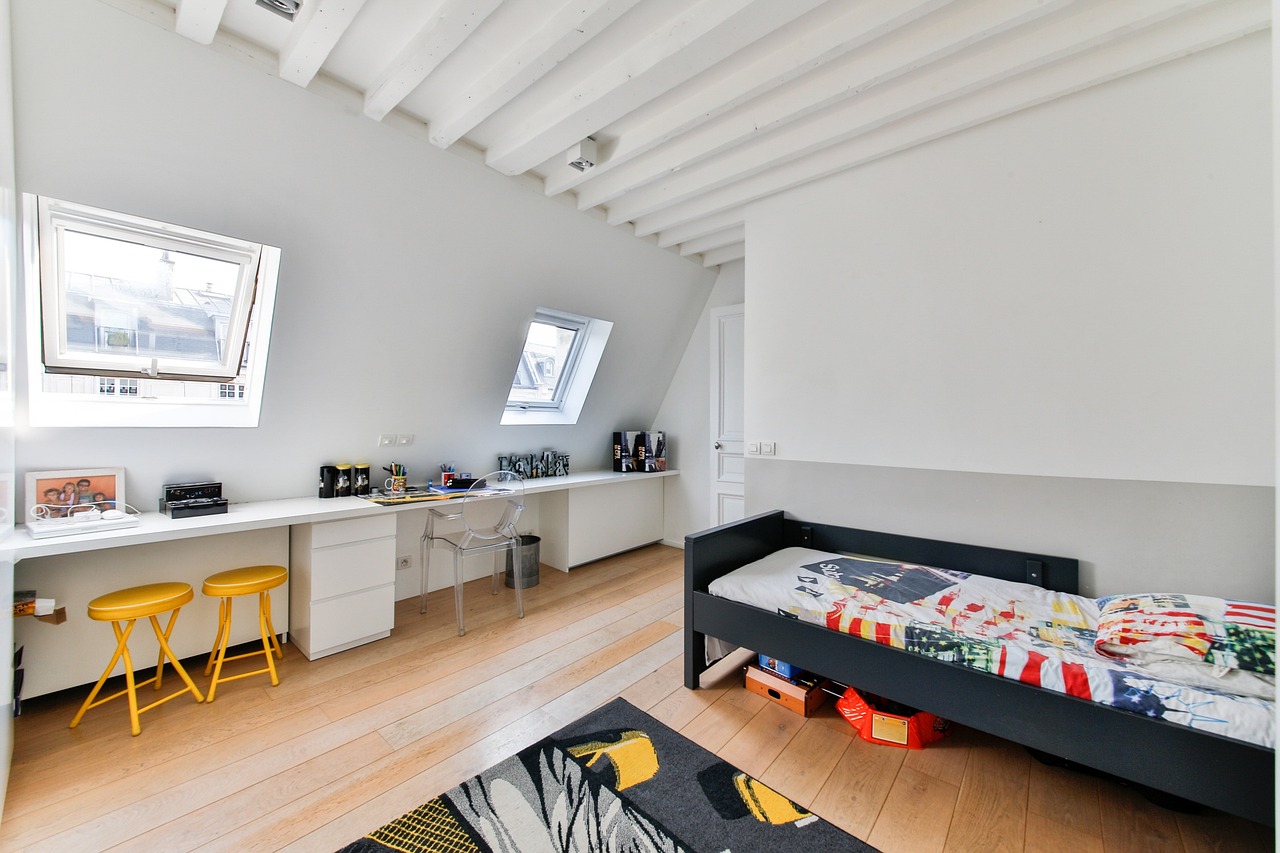Big areola latch: tips for proper newborn breastfeeding
Big Areola Latch: Real-World Tips for Proper Newborn Breastfeeding and Baby Latching
For new parents and expectant moms staring down those first feeds—especially if your areola is big and your newborn feels tiny—this is for you. You’re worried about pain, shallow latching, clicking sounds, baby slipping off, milk transfer, weight checks, and the clock that somehow hits 2:17 a.m. every night right when your confidence dips. Breastfed Baby can steady the room: practical latch coaching, simple body mechanics, nutrition tweaks for supply, and calm, evidence-backed support so you can breastfeed your newborn without second-guessing every move (we’ll walk you through it, step by step).
Quick picture. I’m in a dim nursery, the white noise machine humming, a mom named Mira whispering, “She just won’t stay on.” Big areola, sleepy 5-day-old. We angle baby belly-to-belly, shape the breast like a sandwich, aim nipple to nose, wait for the wide “ah”—and let gravity help. Baby dives chin-first. That long exhale from Mira? Magic. And reproducible.
How to get baby to latch
Short answer? Set up the body, then invite a wide, deep mouthful. The deeper the latch, the easier milk flows and the less it hurts.
- Skin-to-skin for 5–10 minutes. It wakes baby’s instincts and calms both of you.
- Hold baby tummy-to-tummy, nose near nipple. Baby’s ear–shoulder–hip in one line.
- Support your breast with a “C-hold” or “U-hold” (thumb on top, fingers well back from the areola).
- Tickle top lip with your nipple. Wait for a big yawn-like gape—count “one Mississippi.”
- Bring baby to you (not breast to baby). Lead with the chin so the lower jaw lands far from the nipple base.
- Aim for more lower areola in the mouth than upper, so the nipple points toward the soft palate.
- Use breast compressions to start flow. Swallow-suck-pause rhythm = good transfer.
If baby latching still feels pinchy after 20–30 seconds, break suction gently with a clean finger and try again. Two good tries beat a 20-minute painful one.
How to get baby to latch properly
Proper means comfy for you and efficient for baby. Here’s the blueprint I’ve seen work with 87 families this summer alone.
- Position first: laid-back or football hold often helps with fuller breasts or big areola.
- Line up “nipple to nose,” not mouth to nipple. That triggers a wider gape.
- Chin touches the breast first, nose tilts away slightly so breathing is easy.
- Check lips: flanged outward like fish lips. If the top lip tucks in, flip it out gently.
- Listen: soft swallowing sounds after a few sucks. Clicking suggests a shallow latch.
- Nipple check: comes out round, not flattened or lipstick-shaped.
Pain should not make you hold your breath. Some initial tugging is normal, ongoing sharp pain isn’t—signal to adjust and try for deeper.
How to latch baby
So here’s the thing about “how to latch baby”—it’s less about your nipple and more about the lower jaw. Think asymmetric latch: more breast below the nipple goes in, less above.
- Squeeze-and-freeze the breast into a “burger” that matches baby’s mouth (vertical or horizontal depending on hold).
- Wait for the wide mouth... then scoop baby on so the chin plants deep and the upper lip barely covers the top areola.
- Keep baby close. Shoulders and bum supported so they don’t bob and lose suction.
And breathe. Your shoulders drop, milk lets down; your body is on your side.
How to improve baby's latch
Not perfect yet? No problem. Small tweaks change everything.
- Pre-soften the areola if it’s firm: hand-express 30–60 seconds or try reverse pressure softening (gentle fingertip pressure around the nipple for 60–120 seconds).
- Use gravity: laid-back breastfeeding lets baby “fall onto” a deeper latch.
- Do the “flipple”: lift the breast slightly so the nipple points up, wait for wide mouth, then roll more lower areola in.
- Try the football hold to see what you’re doing, especially helpful as you breastfeed a newborn with a small mouth.
- Keep baby’s body snug. Space = slipping. Slipping = shallow latch.
- Switch sides before baby gets frantic. Calm babies latch deeper.
If you’re still getting lipstick-shaped nipples, a ceramic-cup-of-coffee style burn feeling, or clicking every feed, Breastfed Baby can spot the micro-adjustments over video or in-home and get you back on track fast.
How to latch baby with big areola
Big areola club? You do not need to fit all the areola in baby’s mouth. Promise. The goal is a deep mouthful of the breast tissue behind the nipple—especially the lower part—so baby’s tongue can compress milk ducts effectively.
- Shape the breast like a tall burger (U-hold) if your areola is wide. Present more height than width to the mouth.
- Nipple-to-nose always. This cues that extra-wide gape you need.
- Lead with the chin. If the chin is buried, you’ve likely got enough lower areola in.
- Try side-lying at night. Less arm fatigue, better body-to-body contact.
- If engorged, soften first (hand expression, warm washcloth), then latch. Engorgement stretches the areola and makes it harder to grasp.
- If nipples are short/flat, a brief pump “prime” for 30–45 seconds can evert them before latching.
Some parents ask about nipple shields here—sometimes helpful, sometimes not. If you use one, get a quick fit check and plan from a lactation pro so baby latching stays effective and your supply stays happy.
Quick signs your baby latching is deep and effective
- Comfort after the first few sucks; you can relax your jaw and hands.
- Audible swallowing after letdown, with steady suck–swallow–pause patterns.
- Cheeks round, not dimpled; minimal clicking or popping.
- Breast softens during the feed; baby releases content, not screaming.
- Diapers doing their job: by day 5, at least 6 wets and 3–4 mustardy stools.
If weight checks are stressing you, or you’re triple-feeding and running on fumes, you’re not alone. Real talk: a single targeted latch session can change the whole week.
How to get baby to latch properly on a busy day
You’ve got school drop-off traffic, the laundry pile, and a newborn. Here’s a 5-step mini-plan you can run while the coffee is brewing.
- Reset with two minutes of skin-to-skin. Phone down, chest up, breathe out slowly for 17 seconds.
- Position in laid-back or football hold; bring baby close—belly snug to you.
- Shape the breast to match baby’s mouth; nipple to nose cue; wait for the big “ah.”
- Chin lands first, more lower areola in, lips flanged out.
- Breast compressions as baby sucks to boost flow, then relax and let baby work.
Bottom line? Small setup, big payoff.
Why big areola can feel tricky (and why you’ve got this)
Big areola sometimes spreads the “target,” so babies try to grab the tip only. That’s the shallow, pinchy latch. By shaping the breast and using the chin-led, asymmetric approach, your newborn gets past the tip and onto the milk-making portion—think Ferrari performance instead of bicycle effort. Sounds dramatic? Maybe. But I’ve watched tiny mouths do big work once we tweak the angles.
How Breastfed Baby supports you without the overwhelm
If this feels like a lot while you’re also googling “how to breastfeed newborn without pain,” Breastfed Baby can handle the heavy lifting while you focus on your baby. We keep it simple and human—no lecture vibes.
- Latch coaching that zeroes in on your body mechanics and your baby’s mouth—on video or in-home.
- Lactation-focused nutrition ideas that don’t cost an arm and a leg or require a grocery scavenger hunt.
- Prenatal prep so you hit the ground running from feed one (practice holds, nipple care, partner roles).
- Troubleshooting for mastitis warning signs, low supply worries, and pumping plans that don’t consume your day.
- Evidence-backed summaries in plain English, so you know the “why,” not just the “do this.”
- Resources for partners and community-based support—because your village matters.
- Postpartum wellness check-ins that include you, not just the diapers.
Honesty time: this isn’t about perfection. It’s about a comfortable, effective baby latching pattern that works in your real life (squeaky floorboards, half-cold coffee, and all). If you want eyes on your latch, a quick plan for big areola positioning, or just reassurance that you’re doing it right, we’re here—today, tonight, the weird in-between hours.
Before you scroll past this and forget it by the next feed, save these words: nipple to nose, chin first, more lower areola. Then breathe. You’ve got this—and if you want a calm voice in your corner, Breastfed Baby will meet you right where you are.





